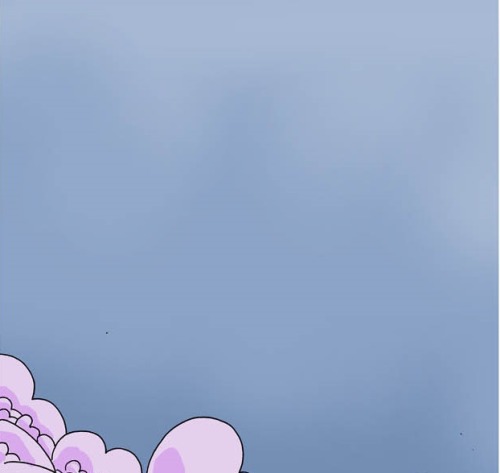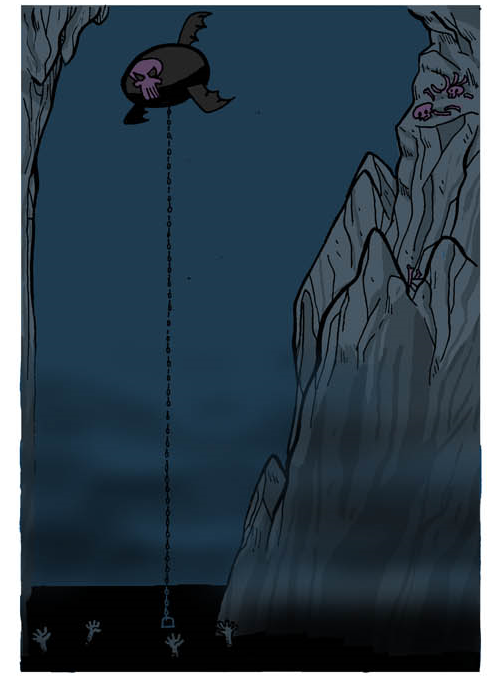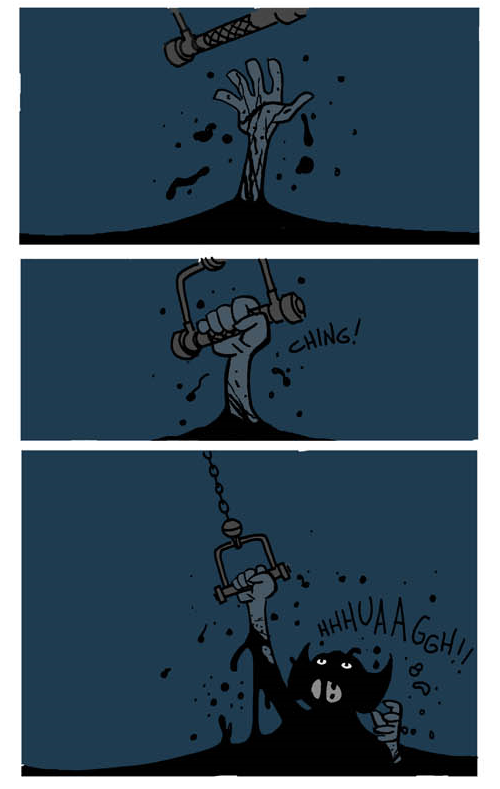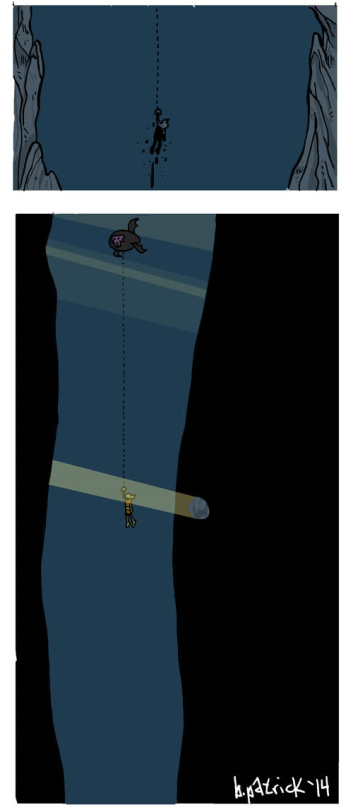One Night, You Decide To Put Your Phone Under Your Pillow. When You Wake Up In The Morning, Your Phone
One night, you decide to put your phone under your pillow. When you wake up in the morning, your phone is replaced by cash totaling what you paid for your phone. Turns out the tooth fairy takes more than just teeth.
More Posts from Hello-apes-of-the-world and Others
post was probably by @lakesbian they do like all the Alec character analysis’
I'm fricken stupid as hell having these kinds of revelations days after the fact, but I read a character analysis on Alec that tapped into the reason his power is the way it is; that it takes 15 min to an hour to act, can only control a max of 4 at a time and that his nerve map memory imprint thing or whatever that lets him resume control instantly is basically permanent, and how all of that was because he's the kind of Master who only needs a small group to stand up for him and protect him (the other members of his family/HB's cult) vs someone like Taylor's Master power where she needed minions that could be found everywhere, which could watch everything and attack from every direction. Alec needing members of his family to physically act in his defense (rather than feel emotions for him or have his mind take over theirs) but getting an ability to force them to do so. <- All of this covered by the post, just bringing it up to give context to my thought;
DOESN'T THIS RECONTEXTUALIZE AISHA WILLINGLY GIVING HERSELF OVER TO HIM?!
All his minions during his warlord arc are probably paid for, or weren't aware that being around him 24/7 meant he could hijack their nerves.
But here comes Aisha and she's like "I want you to take over my body." and I was initially thinking ooh it's just a parahuman version of sexual experimentation, teenagers do that, I get it, I won't pretend it doesn't happen but DOESNT THIS MEAN SHE BASICALLY ASKED HIM TO GIVE HER HIS TRUST? Like, all he needed to not trigger was probably someone in his family or the tight knit cult standing up to Heartbreaker (not going to happen) but still? And Aisha is coming along and saying "I'm that someone. I trust you. You can trust me. You're not your father, you won't abuse this, I'm giving you consent under the jokey teenager, not serious guise of fooling around with you wearing my skin."
Maybe that plays into why Aisha goes after Heartbreaker, why she adopts the Heartbroken and why she makes that her mission. To continue his legacy after his death, to be the kind of person the Heartbroken needed the way Alec needed someone. She does kinda do that with Taylor too, fucking up Nero later on, though beyond those two examples I kinda struggle to nail down where she's continued a loved one's legacy. Oh, except maybe where she helps Taylor in Brian's place during GM. That could work too.
I'm still figuring out how to Tumblr but if I find that post again I'll link it here in the replies.
If Yakko Wakko and Dot were SCP's theyd be classified as keter
Not because they're going to cause an end of the world scenario and end humanity itself
But simply because they're masters of escape and the foundation would just not be able to keep them in a place they didnt want to stay in.












Different Stories Resonate with Different People
What if it turns out that humans have actually adapted to something the Hilammu can’t survive and humans now use that as a symbol of pride like maybe no species besides humans can have orange juice because of its specific chemical combination
Also what if tartigrades become the animals of humanity
[This idea has been rattling in my brain and I had to share it.]
I know we all love the ‘humans are space orcs’ concept… but imagine, onboard the new ship they’ve been assigned to, the human meets an actual space orc. A massive monster… fangs and tusks and scars and a battle-hardened stare, looming over all the other life forms on the ship in its thick indestructible armour it refuses to remove. It barely drinks, it doesn’t need sleep, its massive shoulders are heavy with the terrible things it has experienced. Compared to the squishy & delicate human body, this thing is a walking tank.
… Except instead of hating/ignoring one another, the human and the monster start bonding over both coming from death planets. The human is excited to find a life form who doesn’t quiver with fear at the vague description of a jellyfish and the monster is ecstatic to meet someone who understands the feeling of being bitten by a qua’lem (cats are pretty close). They sit together and compare dangerous animals and locations as the other aliens look on in confusion and fear… oh, you also have dense jungles of deadly hidden predators, boiling acid lakes, tamed predatory killers, and areas with horrendously high and low temperatures? Sick!!
It doesn’t take long before the two of them become totally inseparable. The human loves not feeling like some kind of crazy outsider and the monster is overjoyed they’ve finally found an equal in this unkillable marshmallow.
Monster: When I was a youngling, a grol-lik stung straight through my armour. The pain lasted for approximately 16 human hours. Human: Oh yeah man, I get that. As a kid I got a wasp stuck in my shirt. It stung me like four times, it was awful, and all my cousins just laughed at me… Monster: [using their arm screen to research human courting methods] I see.
Minecraft should completely rework villages. They're not hominids anymore, they're animate bipedal constructs made from clay or bronze wandering the ancient overgrown ruins of their former farming hamlets. The villagers are gardening robots, still tilling their fields after untold centuries of disrepair.
are either of these stories good? cause they sound really interesting
On the one hand, it's true that the way Dungeons & Dragons defines terms like "sorcerer" and "warlock" and "wizard" is really only relevant to Dungeons & Dragons and its associated media – indeed, how these terms are used isn't even consistent between editions of D&D! – and trying to apply them in other contexts is rarely productive.
On the other hand, it's not true that these sorts of fine-grained taxonomies of types of magic are strictly a D&D-ism and never occur elsewhere. That folks make this argument is typically a symptom of being unfamiliar with Dungeons & Dragons' source material. D&D's main inspirations are American literary sword and sorcery fantasy spanning roughly the 1930s through the early 1980s, and fine-grained taxonomies of magic users absolutely do appear in these sources; they just aren't anything like as consistent as the folks who try to cram everything into the sorcerer/warlock/wizard model would prefer.
For example, in Lydon Hardy's "Five Magics" series, the five types of magical practitioners are:
Alchemists: Drawing forth the hidden virtues of common materials to craft magic potions; limited by the fact that the outcomes of their formulas are partially random.
Magicians: Crafting enchanted items through complex manufacturing procedures; limited by the fact that each step in the procedure must be performed perfectly with no margin for error.
Sorcerers: Speaking verbal formulas to basically hack other people's minds, permitting illusion-craft and mind control; limited by the fact that the exercise of their art eventually kills them.
Thaumaturges: Shaping matter by manipulating miniature models; limited by the need to draw on outside sources like fires or flywheels to make up the resulting kinetic energy deficit.
Wizards: Summoning and binding demons from other dimensions; limited by the fact that the binding ritual exposes them to mental domination by the summoned demon if their will is weak.
"Warlock", meanwhile, isn't a type of practitioner, but does appear as pejorative term for a wizard who's lost a contest of wills with one of their own summoned demons.
Conversely, Lawrence Watt-Evans' "Legends of Ethshar" series includes such types of magic-users as:
Sorcerers: Channelling power through metal talismans to produce fixed effects; in the time of the novels, talisman-craft is largely a lost art, and most sorcerers use found or inherited talismans.
Theurges: Summoning gods; the setting's gods have no interest in human worship, but are bound not to interfere in the mortal world unless summoned, and are thus amenable to cutting deals.
Warlocks: Wielding X-Men style psychokinesis by virtue of their attunement to the telepathic whispers emanating from the wreckage of a crashed alien starship. (They're the edgy ones!)
Witches: Producing improvisational effects mostly related to healing, telepathy, precognition, and minor telekinesis by drawing on their own internal energy.
Wizards: Drawing down the infinite power of Chaos and shaping it with complex rituals. Basically D&D wizards, albeit with a much greater propensity for exploding.
You'll note that both taxonomies include something called a "sorcerer", something called a "warlock", and something called a "wizard", but what those terms mean in their respective contexts agrees neither with the Dungeons & Dragons definitions, nor with each other.
(Admittedly, these examples are from the 1980s, and are thus not free of D&D's influence; I picked them because they both happened to use all three of the terms in question in ways that are at odds with how D&D uses them. You can find similar taxonomies of magic use in earlier works, but I would have had to use many more examples to offer multiple competing definitions of each of "sorcerer", "warlock" and "wizard", and this post is already long enough!)
So basically what I'm saying is giving people a hard time about using these terms "wrong" – particularly if your objection is that they're not using them in a way that's congruent with however D&D's flavour of the week uses them – makes you a dick, but simply having this sort of taxonomy has a rich history within the genre. Wizard phylogeny is a time-honoured tradition!
Hey I know you probably won’t care/notice but as someone who’s read Twig and is caught up on Pale but here’s my 2 cents on Wildbows growth
Spoilers obviously (I don’t know how to do the keep reading thing)
For Twigs main trans character I’d say while not perfect the representation is pretty good, admittedly it’s somewhat hindered by the fact that arguably they transition led for someone else to love them but they also say that’s not it so it gets a bit odd
On the gay front it’s more mixed with their being a relationship with gay undertones later on in the story buts it’s also kinda accompanied by a sorta possessiveness which makes sense for the character but like other Wildbow things is like, it makes sense but come on man
In Pale meanwhile it’s a good deal better, with both a major Trans character who’s written well with their past both being very much a part of them and there story but also not being the entirety of their character and a main character who’s gay with a good amount of their story revolving around the struggles of being gay in a small town in rural Canada while also not falling into may tropes
But that’s my random two cents so yeah
It’s Pride Month. Let’s talk about LGBTQ+ Representation.
DISCLAIMER: This is merely an opinion piece, and no one is under any obligation to read it, agree with it, or even continue to follow me. With that in mind, I won’t be making critical posts like this that often, because my blog is more for fun jokes than serious discussion.
If there’s any terminology I’ve misused, or anything that can be construed as deliberately offensive and/or ignorant, please message me about it. I’m a human and I’m still learning, just like everybody else. Warnings below for mentions of rape, homophobia, transphobia, and some other heavy stuff. You know the drill with Worm. I will tag based on request, since this isn’t the normal sort of thing I share on this blog.
Keep reading
counterpoint: French
how can any language be ‘ugly’ if it’s always also the language passed along from a mother to her child, the language of two lovers in the dark, the language of stories told by grandfathers, the language of vows and eulogies, the language of learning and singing and feeling and connection and culture… how is all of that not inherently beautiful
-
 barnacle-butch liked this · 1 week ago
barnacle-butch liked this · 1 week ago -
 greythwaite liked this · 1 week ago
greythwaite liked this · 1 week ago -
 1g-duck liked this · 1 week ago
1g-duck liked this · 1 week ago -
 foggyeyes liked this · 1 week ago
foggyeyes liked this · 1 week ago -
 dragonfairy1231 reblogged this · 1 week ago
dragonfairy1231 reblogged this · 1 week ago -
 dragonfairy1231 reblogged this · 1 week ago
dragonfairy1231 reblogged this · 1 week ago -
 dragonfairy1231 liked this · 1 week ago
dragonfairy1231 liked this · 1 week ago -
 darthserket reblogged this · 1 week ago
darthserket reblogged this · 1 week ago -
 kyberllcore liked this · 1 week ago
kyberllcore liked this · 1 week ago -
 clash-of-moonbeams liked this · 1 week ago
clash-of-moonbeams liked this · 1 week ago -
 papierhaikuphoto liked this · 1 week ago
papierhaikuphoto liked this · 1 week ago -
 toaster-the-bathbomb liked this · 1 week ago
toaster-the-bathbomb liked this · 1 week ago -
 poorwhayfairingstranger reblogged this · 1 week ago
poorwhayfairingstranger reblogged this · 1 week ago -
 poorwhayfairingstranger liked this · 1 week ago
poorwhayfairingstranger liked this · 1 week ago -
 birb-catto liked this · 1 week ago
birb-catto liked this · 1 week ago -
 foxlily8 liked this · 1 week ago
foxlily8 liked this · 1 week ago -
 marcooze reblogged this · 1 week ago
marcooze reblogged this · 1 week ago -
 marcooze liked this · 1 week ago
marcooze liked this · 1 week ago -
 emillelavender liked this · 1 week ago
emillelavender liked this · 1 week ago -
 bmoharrisbankofficial reblogged this · 1 week ago
bmoharrisbankofficial reblogged this · 1 week ago -
 bmoharrisbankofficial liked this · 1 week ago
bmoharrisbankofficial liked this · 1 week ago -
 innalheid reblogged this · 1 week ago
innalheid reblogged this · 1 week ago -
 innalheid liked this · 1 week ago
innalheid liked this · 1 week ago -
 damn-i-ship-it liked this · 1 week ago
damn-i-ship-it liked this · 1 week ago -
 seeker2028 liked this · 1 week ago
seeker2028 liked this · 1 week ago -
 priortodaybreak liked this · 1 week ago
priortodaybreak liked this · 1 week ago -
 blazeitfrnk liked this · 1 week ago
blazeitfrnk liked this · 1 week ago -
 sp4d3s4ndplur4l1ty liked this · 1 week ago
sp4d3s4ndplur4l1ty liked this · 1 week ago -
 james-wilsons-mommymilkers reblogged this · 1 week ago
james-wilsons-mommymilkers reblogged this · 1 week ago -
 james-wilsons-mommymilkers liked this · 1 week ago
james-wilsons-mommymilkers liked this · 1 week ago -
 ishganytoja liked this · 1 week ago
ishganytoja liked this · 1 week ago -
 seimsisk reblogged this · 1 week ago
seimsisk reblogged this · 1 week ago -
 mrskayathefrog liked this · 1 week ago
mrskayathefrog liked this · 1 week ago -
 anakim-skywatcher liked this · 1 week ago
anakim-skywatcher liked this · 1 week ago -
 lil-tumbles liked this · 1 week ago
lil-tumbles liked this · 1 week ago -
 torahammas reblogged this · 1 week ago
torahammas reblogged this · 1 week ago -
 garnetrena reblogged this · 1 week ago
garnetrena reblogged this · 1 week ago -
 ihavehyperfixationsanditshows reblogged this · 1 week ago
ihavehyperfixationsanditshows reblogged this · 1 week ago -
 ihavehyperfixationsanditshows liked this · 1 week ago
ihavehyperfixationsanditshows liked this · 1 week ago -
 in-the-tradition-of-storytelling reblogged this · 1 week ago
in-the-tradition-of-storytelling reblogged this · 1 week ago -
 halfacupofcoffee liked this · 1 week ago
halfacupofcoffee liked this · 1 week ago -
 novicehydra reblogged this · 1 week ago
novicehydra reblogged this · 1 week ago -
 lentilwhim reblogged this · 1 week ago
lentilwhim reblogged this · 1 week ago -
 lentilwhim liked this · 1 week ago
lentilwhim liked this · 1 week ago -
 candles-and-rainy-skies reblogged this · 1 week ago
candles-and-rainy-skies reblogged this · 1 week ago -
 candles-and-rainy-skies liked this · 1 week ago
candles-and-rainy-skies liked this · 1 week ago -
 killiantaylor777 liked this · 2 weeks ago
killiantaylor777 liked this · 2 weeks ago -
 fireandice267 liked this · 2 weeks ago
fireandice267 liked this · 2 weeks ago -
 he-might-make-me-juno liked this · 2 weeks ago
he-might-make-me-juno liked this · 2 weeks ago

